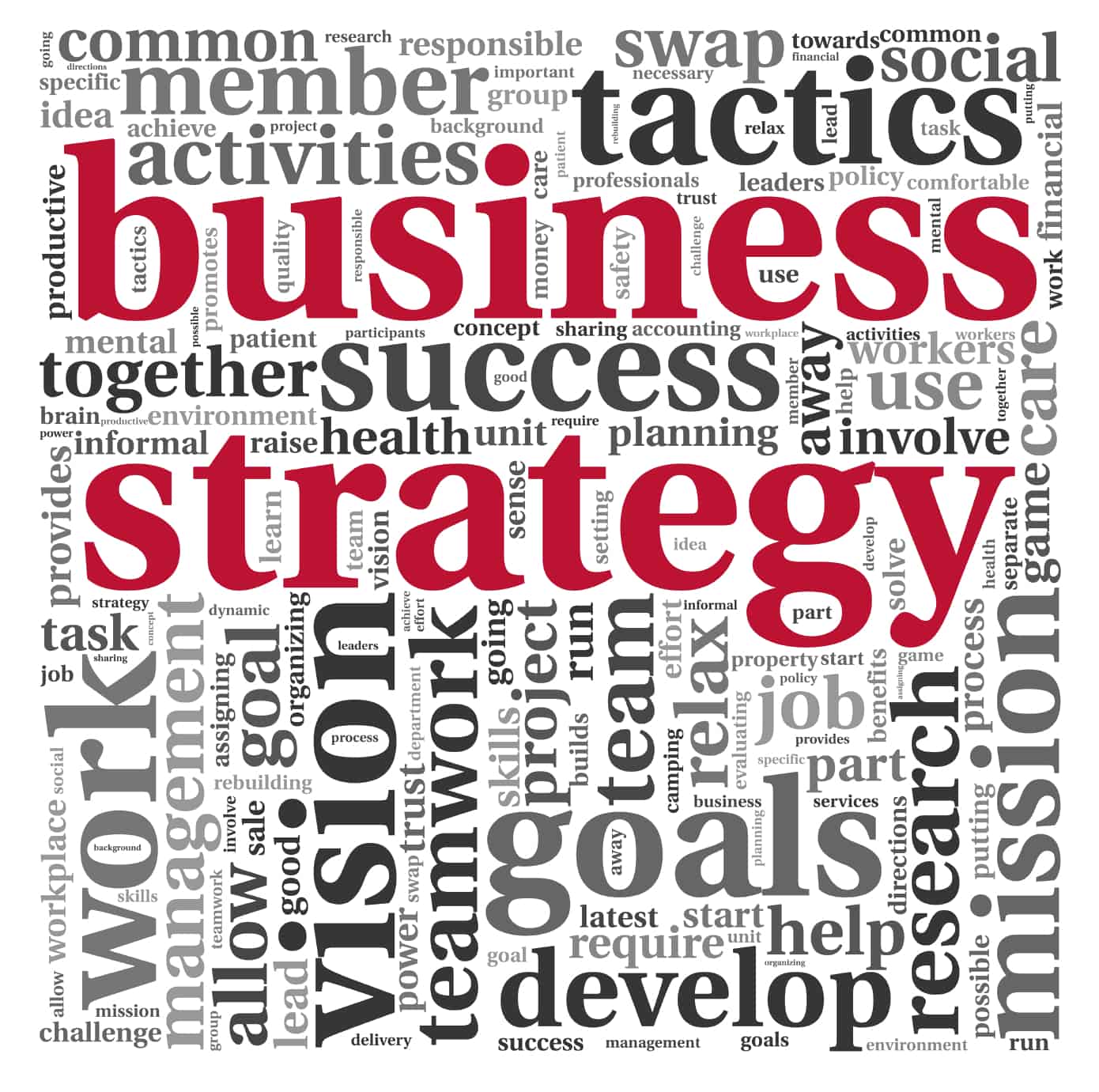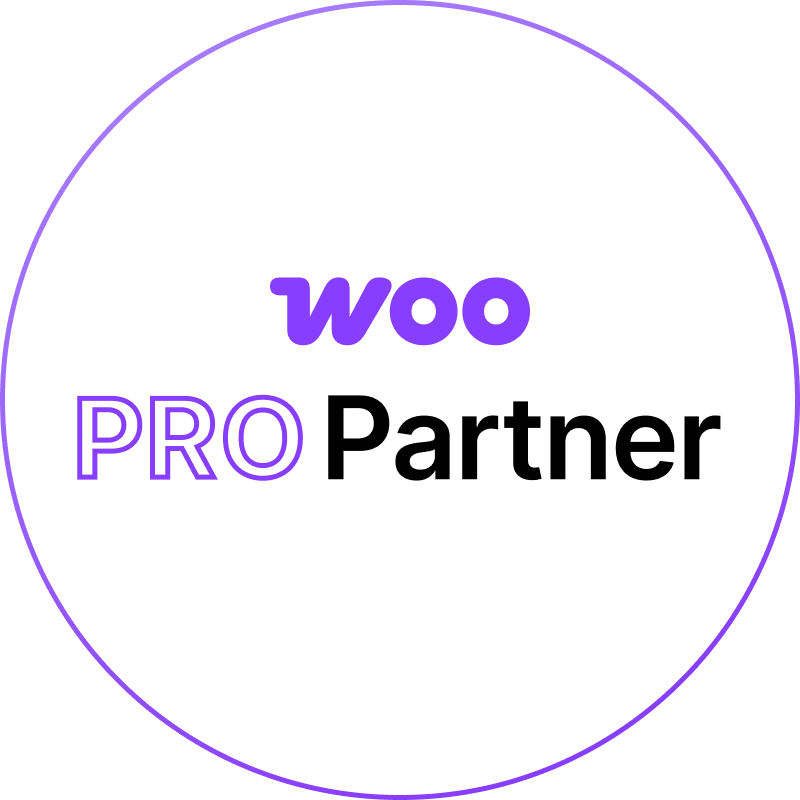A 5-Step Process to Increasing the Lifetime Value of Your Customers

Let’s say that there are two companies in the same niche. They sell the same type of product. The two companies are, for the most part, very similar.
They both calculated the LTV (lifetime value) of their average client.
But there is a stark difference between the two companies.
The LTV of a customer that buys from Company A is $1,000
The LTV of a customer that buys from Company B is $2,700
One company is absolutely crushing the other. In fact, it’s like night and day.
If the companies are seemingly identical, then how can one nearly triple the revenue of the other?
It’s because Company B is extracting far more from their customer—from the initial contact with a potential customer, to the point where the sale is made, and to the relationship after the sale. Company B outperforms its competitor to the point of domination.
In Part 1 of this series, we talked the how’s and the why’s of calculating the LTV of a customer. This data is extremely useful when you want to optimize your marketing process. But we didn’t talk about how to increase the LTV of a customer. This post outlines a 5-step method to increasing the long term value of your customers.
Step 1: Improve the product
It is no secret that when a customer is satisfied he will be more likely to buy from you again. One of the first things you can do is to ensure that the quality of your product is high. You want to have the best product among your competition, because that will reduce the likelihood that a customer will jump ship and go to your rival. Your product needs to be the best option and solution in your market.
Some tips for improving your product:
- Look at the competition. If possible, buy a competitor’s product, and look at what they’re doing. Take note of what they’re doing well. Find the “pain points” in their product that can be exploited. See where they fail, and design your product to “patch up” those gaping holes that you find.
- Take feedback from your customers. You should encourage feedback from your customers. It will tell you what you need to hear about your product. Use that feedback loop to construct a better product. Whenever a customer tells you a legitimately negative aspect of your product or business, you should thank them, and deliver a modified product that fixes the shortcomings. Offer your customers exactly what they want, as much as possible.
- Create different versions of your product. Don’t be afraid to try different iterations of your product to find the best one. When you look at the competition and listen to your customer, you should force yourself to use your newfound perspective to create a better product. You should constantly look for a way to improve.
Step- 2: Have a tight marketing funnel
This is about up-sell, down-sell and cross-sell opportunities. You will be surprised at the amount of people that will purchase an up-sell product just because it was offered. Going back to the first step, you are only designing products people will want to buy, so offering something that may need should be a no-brainer. It’s not about bombarding your customers with countless offers, but offering good products with great timing.
If your marketing funnel is not tight, you are doing your business a disservice, because you will be missing out on a great deal of revenue.
Step-3: Develop a relationship with your customers
You want to build a comfortable rapport with your customers. Ensure that you will be there. Let them know that your customer service is top-notch, and better yet, show them. This is accomplished with well-placed email updates, attentive customer care, free or discounted product upgrades. You want to ignite a connection with your customer base. This connection will spawn brand loyalty.
Step 4: Start a referral program
Advocacy is the offspring of brand loyalty. When you have a good product and take care of your customers, they will be inclined to spread the news about your company. But you shouldn’t rely on your customers to take the initiative. You need to start a referral program. Give an incentive: a discount on your products or a small affiliate commission. The acquisition costs for a referral should be less than that of a regular customer. Word-of-mouth and referral marketing are some of the most powerful tools you will ever have available, as they cost very little out-of-pocket, and the barriers you might run into with a regular prospect will be far weaker. There is nothing like a legit testimonial from a trusted source.
Step-5: Regularly sell your customers
This, in a way, goes back to having a tight marketing funnel. You always want to be providing opportunities for your customers to buy more products from you. If people like your product, people will make repeat purchases or buy other things from you, so you should give them the chance to do so. Contact your customers regularly and instill some urgency for them to buy your product.
Urgency in marketing is creating the perception of necessity. This is done by offering a stellar product and giving them a time limit to buy your product. If you have a great product that you say will be going off of the market in 24 hours, then you are creating a sense of urgency in the minds of your customers. This is a powerful tactic to trigger sales.
In conclusion
Increasing the LTV of a customer is all about peering deep into your marketing, sales cycles, and customer care systems. Only by knowing this data will you be able to make the necessary adjustments to increase the LTV.
Look at this list, then look at your own business. Are you following the five steps?

















